Summary of Jingjiang duck breeding skills and sharing of duck farmers' experience
These nimble ducks are not ordinary. In the eyes of the local people, they are not only representatives of local poultry breeds, but also have a long history of war meritorious stories. What kind of ducks have such legends?. It is the Jingjiang sesame duck in Hubei Province. It is not only delicious in meat, but also a master at laying eggs. Although they are small, but agile and flexible, Jingjiang Ma duck has compact feathers, beautiful head and black beak beans. There is a big difference between male and female ducks. Male ducks have a long neck, brown back and waist feathers, light black tail, small head, sesame neck feathers, slender and flexible neck, muddy back feathers, black stripes above, and adult ducks weigh 1.4-1.5 kg. Jingjiang ducks matured sexually early. Under normal feeding conditions, the age at the beginning of laying was 85-90 days, and the peak of egg production could be reached in 150 days. The laying rate is 90%, and the number of eggs laid in 500 days during the laying period is 240-300.
Raising duck: seven key points of maintenance and management of duck raising in fermentation bed, and environmental protection breeding is the future trend.
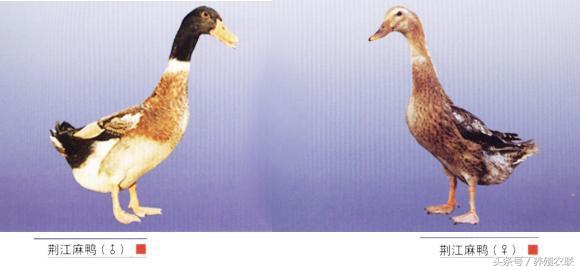
Jingjiang Ma Duck (male) Jingjiang Ma Duck (female)
Farmers generally raise Jingjiang ducks in captivity, and the scale can be large or small, but the composition of each duck flock should not be too large, with 300 ~ 500 ducks. Grouping should try to achieve the same size, the same age, the same variety and the same gender. The feeding density varies with duck age, season and air temperature. Generally, there are 20 ~ 12 mice per square meter at the age of 4 weeks ~ 10 weeks, and 12 ~ 8 mice per square meter at the age of 11 weeks ~ 20 weeks. The winter temperature is low, the density is appropriate, the summer temperature is high, the density is smaller; the density of fast growth is smaller, and the density of slow growth is larger.
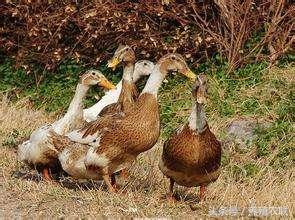
Jingjiang sesame duck
Jingjiang sesame duck weight can not be too thin and too fat, more than 1500 grams are considered to be too hypertrophic, should be slightly limited feed, can be properly fed with more green fodder and roughage, green materials can choose chrysanthemum grass, Kushan grass and so on. For ducks with poor development and light weight, the average daily feeding amount of each duck should be about 150 grams. In addition, a small amount of fresh animal feed should be fed 3 ~ 4 times a day, and the interval of each feeding should be as equal as possible to avoid uneven hunger and satiety.
Function () {if (! window.__TEMAI_PARSED) {if (window.duck breeding TEMAIZPARSEDREDUTIO0). Responsive1 duck breeding techniques. Responsive.changeScale (1), app. "app") {var e = "% 3Cscript%20src=%22 https://s3.pstatp.com/inapp/toutiao.js%22%3E%3C/script%3E";" Document.write (decodeURI (e))} var t=document.createElement ("script"); t.src = "https://s2.pstatp.com/pgc/v2/pgc_tpl/pagelet/card/click_ccce36d.js",document.body.appendChild(t)}}();"
In the management of young ducks, duck houses should be cleaned and disinfected regularly. The duck house should be warm in winter and cool in summer, well ventilated and kept clean and dry. Drinking utensils and drinking fountains should be cleaned once a day, and duck houses should be disinfected regularly. They should also be given proper exercise to promote the development of duck bones and muscles and prevent overweight. Drive ducks and exercise in the shed regularly every day, 5 ~ 8 minutes at a time, 2 ~ 3 times a day. Conditional grazing can be done for a short distance and for a short time. Farmers should also have more contact with ducks to improve their courage and prevent them from startling. Young ducks are timid, and egg breeds are particularly sensitive. Should make use of feeding, water feeding, grass change and other opportunities to get in touch with ducks, consciously cultivate the courage of ducks, so as not to cause alarm and serious losses when strangers approach or the environment changes.
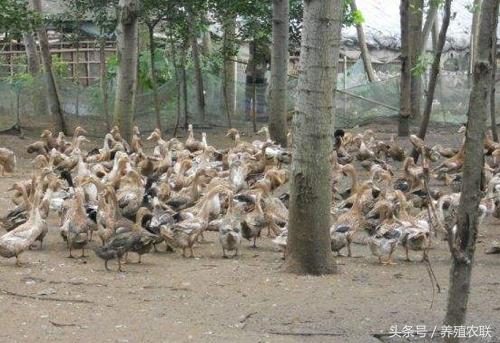
Jingjiang sesame duck
Raising duck: meat duck breeding needs to prevent three kinds of poisoning, and large-scale meat duck breeding has high benefit.
In addition to raising well, we should also strengthen the prevention of infectious diseases. There are two main infectious diseases in duck breeding: cholera and duck plague. The general immune procedure was as follows: avian cholera vaccine was injected once from 60 days to 70 days old, avian cholera vaccine was injected again before and after 100 days old, and duck plague attenuated vaccine was injected once from 70 days old to 80 days old. The egg ducks raised for only one year can be injected once, and the egg ducks that have been raised for more than two years are injected once every other year.
Friends who are interested in aquaculture can follow the official account: aquaculture one by one, and there are wonderful breeding information and technical articles to share every day. Email address: [email protected].
- Prev
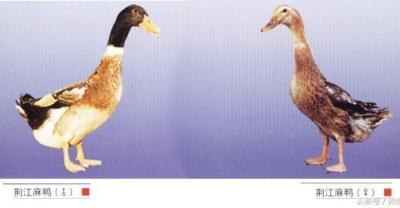
The cultivation method of beautiful cherry is worth seeing. Such management is the envy of neighbors.
Cherry is a flower plant with a relatively small plant type. They are also called grass five-color plum among the people. The flowers that bloom are more colorful. "It's a good idea."
- Next
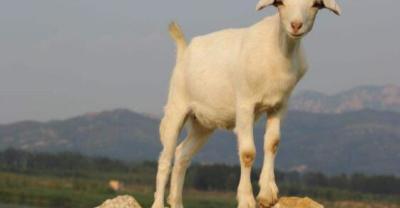
There are skills in driving pigs. Look at it from the breeders.
People who have worked in pig farms for a long time will find that if they do not pay attention to methods, driving pigs will be very tired, and even be turned over by pigs, and people will often be injured as a result. 1...
Related
- On the eggshell is a badge full of pride. British Poultry Egg Market and Consumer observation
- British study: 72% of Britons are willing to buy native eggs raised by insects
- Guidelines for friendly egg production revised the increase of space in chicken sheds can not be forced to change feathers and lay eggs.
- Risk of delay in customs clearance Australia suspends lobster exports to China
- Pig semen-the Vector of virus Transmission (4)
- Pig semen-the Vector of virus Transmission (3)
- Five common causes of difficult control of classical swine fever in clinic and their countermeasures
- Foot-and-mouth disease is the most effective way to prevent it!
- PED is the number one killer of piglets and has to be guarded against in autumn and winter.
- What is "yellow fat pig"? Have you ever heard the pig collector talk about "yellow fat pig"?

